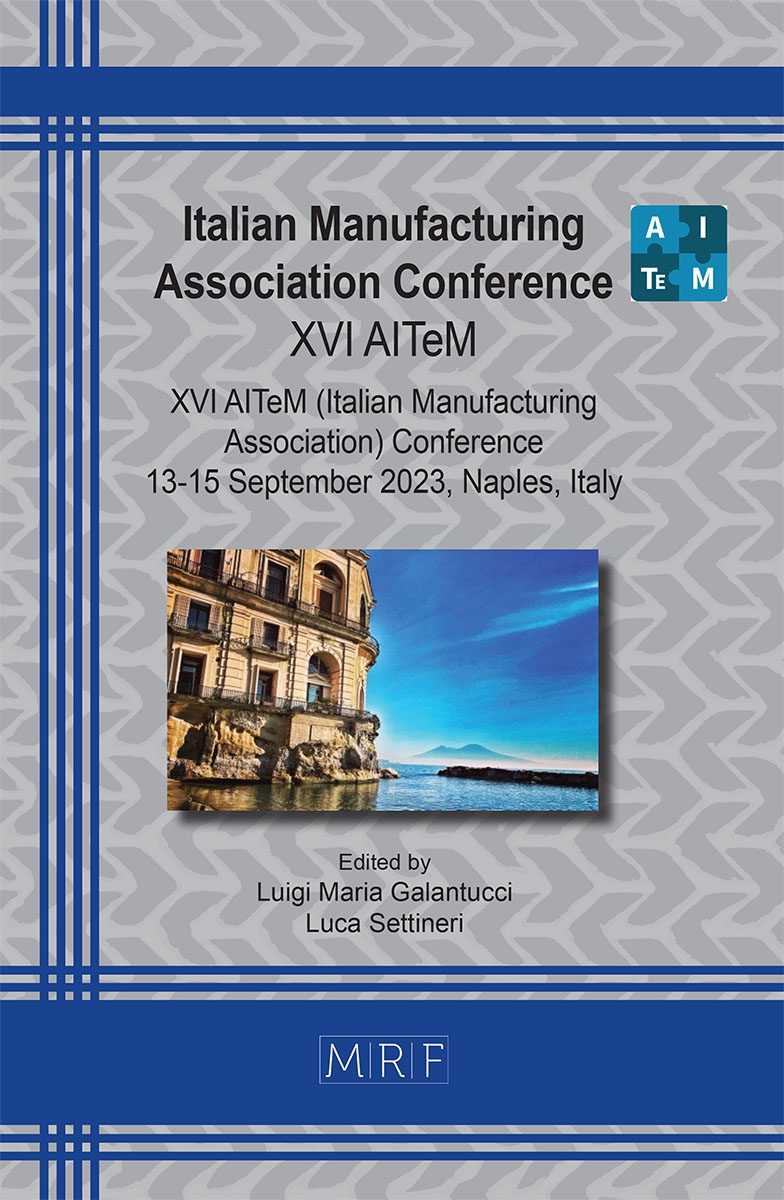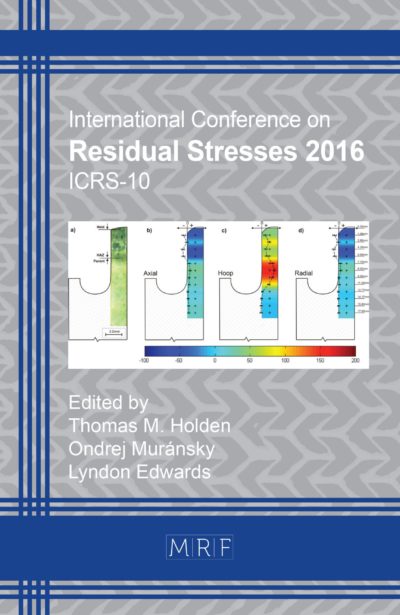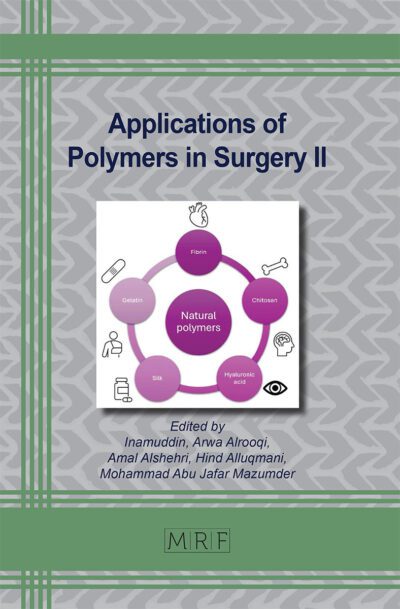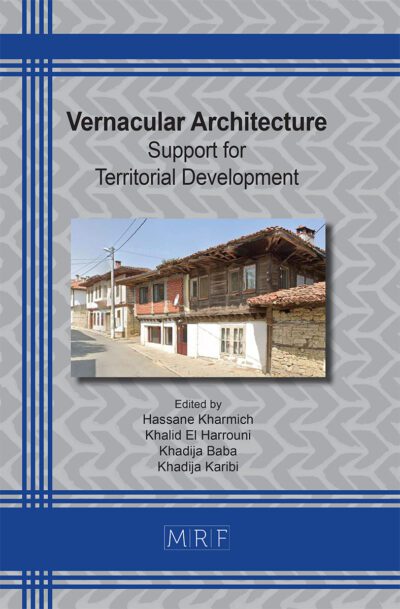A bio-inspired reinterpretation of symbiotic human-robot collaboration in assembly processes
Federico Barravecchia, Mirco Bartolomei, Luca Mastrogiacomo, Fiorenzo Franceschini
download PDFAbstract. The emergence of collaborative robotics allowed humans and robots to work closely together to perform manufacturing activities. By combining their distinctive strengths and abilities, humans and robots can support each other in completing complex tasks. The relationship between humans and robots is frequently described in the literature as symbiotic. However, the concept of symbiosis, originally conceived in natural science, is often oversimplified as the mere exchange of mutual benefits. In practice, the term ‘symbiosis’ encompasses a wide range of interactions, ranging from relationships with positive impacts to relationships with negative impacts. Understanding the foundation of Human-Robot Symbiosis is crucial for its management. Two are the primary aims of this paper: (i) reinterpreting the collaborative tasks in assembly processes according to the properties of symbiotic relationships; (ii) proposing a novel approach for evaluating assembly tasks based on the bio-inspired features of symbiotic Human-Robot collaborative systems.
Keywords
Human-Robot Collaboration, Robotics, Bio-Inspired
Published online 9/5/2023, 8 pages
Copyright © 2023 by the author(s)
Published under license by Materials Research Forum LLC., Millersville PA, USA
Citation: Federico Barravecchia, Mirco Bartolomei, Luca Mastrogiacomo, Fiorenzo Franceschini, A bio-inspired reinterpretation of symbiotic human-robot collaboration in assembly processes, Materials Research Proceedings, Vol. 35, pp 2-9, 2023
DOI: https://doi.org/10.21741/9781644902714-1
The article was published as article 1 of the book Italian Manufacturing Association Conference
![]() Content from this work may be used under the terms of the Creative Commons Attribution 3.0 license. Any further distribution of this work must maintain attribution to the author(s) and the title of the work, journal citation and DOI.
Content from this work may be used under the terms of the Creative Commons Attribution 3.0 license. Any further distribution of this work must maintain attribution to the author(s) and the title of the work, journal citation and DOI.
References
[1] Z.M. Bi, M. Luo, Z. Miao, B. Zhang, W.J. Zhang, L. Wang, Safety assurance mechanisms of collaborative robotic systems in manufacturing, Robot Comput Integr Manuf. 67 (2021). https://doi.org/10.1016/j.rcim.2020.102022
[2] V. Villani, F. Pini, F. Leali, C. Secchi, Survey on human–robot collaboration in industrial settings: Safety, intuitive interfaces and applications, Mechatronics. 55 (2018). https://doi.org/10.1016/j.mechatronics.2018.02.009
[3] R. Gervasi, F. Barravecchia, L. Mastrogiacomo, F. Franceschini, Applications of affective computing in human-robot interaction: State-of-art and challenges for manufacturing, Proc Inst Mech Eng B J Eng Manuf. (2022). https://doi.org/10.1177/09544054221121888
[4] F. Barravecchia, L. Mastrogiacomo, F. Franceschini, A general cost model to assess the implementation of collaborative robots in assembly processes, International Journal of Advanced Manufacturing Technology. (2023). https://doi.org/10.1007/s00170-023-10942-z
[5] L. Wang, R. Gao, J. Váncza, J. Krüger, X. V. Wang, S. Makris, G. Chryssolouris, Symbiotic human-robot collaborative assembly, CIRP Annals. 68 (2019). https://doi.org/10.1016/j.cirp.2019.05.002
[6] S. El Zaatari, M. Marei, W. Li, Z. Usman, Cobot programming for collaborative industrial tasks: An overview, Rob Auton Syst. 116 (2019). https://doi.org/10.1016/j.robot.2019.03.003
[7] R. Müller, M. Vette, O. Mailahn, Process-oriented Task Assignment for Assembly Processes with Human-robot Interaction, in: Procedia CIRP, 2016. https://doi.org/10.1016/j.procir.2016.02.080
[8] M. Begon, C.R. Townsend, J.L. Harper, Ecology: From Individuals to Ecosystems, 4th Edition, Blackwell Publishing. (2005).
[9] F. Franceschini, M. Galetto, D. Maisano, Management for Professionals Designing Performance Measurement Systems, n.d. https://www.springer.com/series/10101
[10] R.R. Yager, Non-numeric multi-criteria multi-person decision making, Group Decis Negot. 2 (1993). https://doi.org/10.1007/BF01384404
[11] R.R. Yager, An approach to ordinal decision making, International Journal of Approximate Reasoning. 12 (1995). https://doi.org/10.1016/0888-613X(94)00035-2
[12] F. Barravecchia, L. Mastrogiacomo, F. Franceschini, The player-interface method: a structured approach to support product-service systems concept generation, Journal of Engineering Design. 31 (2020). https://doi.org/10.1080/09544828.2020.1743822












